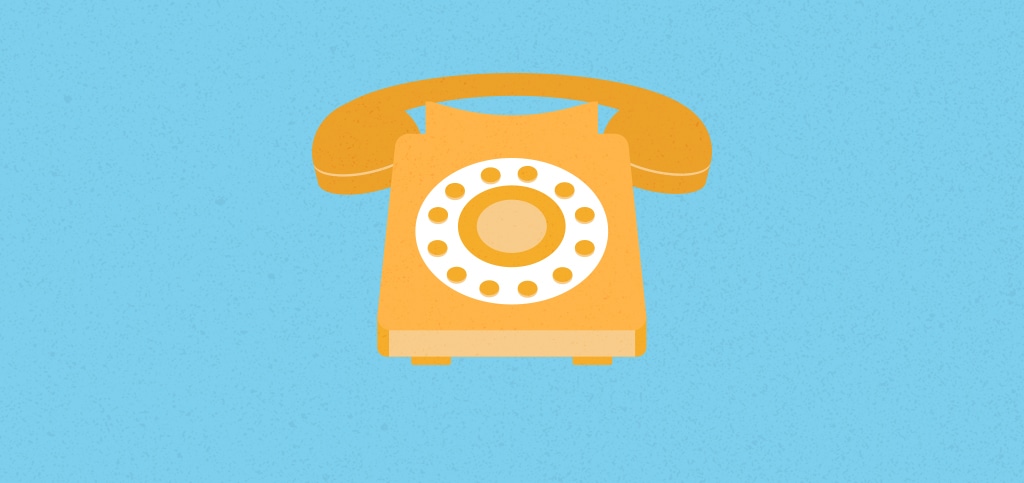In life and in digital project management, I’ve learned the hard way that communication is everything. The number one reason projects fail is not just due to a lack of communication, but a lack of clear, consistent communication. And while technology can be a useful tool in connecting us to one another, it’s important to remember that what works for one team isn’t necessarily going to work for another.
In my more than six years of project management experience spanning a wide variety of clients and projects, I’ve learned a lot about why communication is so important, how to improve communication workflows so that everyone stays on the same page, and what happens when there is a communication breakdown between client and agency. In this post, I use this knowledge to offer a few communication tips to help set yourself up for success as you collaborate with an agency on your next web design or marketing project.
Set Yourself Up for Success From the Beginning
At the start of any project, be sure to discuss with the project manager how many check-ins are to be expected per week. Some clients prefer to do a weekly status call, and others would rather have one every other week. The key is to know yourself and your team, and communicate your preferences to the project manager accordingly.
As an agency, our goal is to communicate with our clients however they feel most comfortable. For many projects, we’ve found Basecamp to be an extremely useful tool for keeping everyone on the same page, however, not all clients feel comfortable using it. If you prefer to be emailed or called rather than notified via Basecamp, make it known from the start.
Don’t Be Afraid to Pick Up the Phone
While email and Basecamp are great for documenting communication and keeping feedback organized in one place, sometimes picking up the phone is necessary to convey longer or more complex information. Not only does this save time in some cases, but it also ensures that context or tone isn’t lost in translation over email.
For design feedback especially, I’ve realized that a lot more can be accomplished on a 15-minute phone call with a client than having them take the time to write out notes and questions over email. Save yourself the time and effort of waiting for a reply on an email thread, and instead schedule a call with your project manager and the designer to talk through any changes that need to be made. After the call, the PM can send an email recap of the conversation. This way, you’ll still have written confirmation of everything that was discussed that you can refer back to later.
Know Your Strengths and Weaknesses
A critical element of clear communication is self-awareness. Both parties involved need to have realistic expectations about when and how they will be able to communicate best. For example, if you know you’re someone who is going to need multiple check-ins per week, let the agency know that ahead of time. On the flip side, if you know deep down that you won’t have time for status calls every week, simply let us know that you’d prefer a brief call every other week.
The key here is honesty. It’s better for the agency to know ahead of time that you will only be available at very specific times than for you to have to constantly cancel or reschedule calls and risk putting the project timeline in jeopardy.
As any experienced project manager will tell you, solid communication is the backbone of any project. Without it, key variables such as the timeline and budget are put at risk. When both parties are aligned from the start, everyone wins. The scope, budget, and timeline are the three pillars of project management, and with clear communication, all three are more likely to remain intact. Not only does this save time on your end, but it also helps save money by avoiding extra hours and subsequent budget increases.



